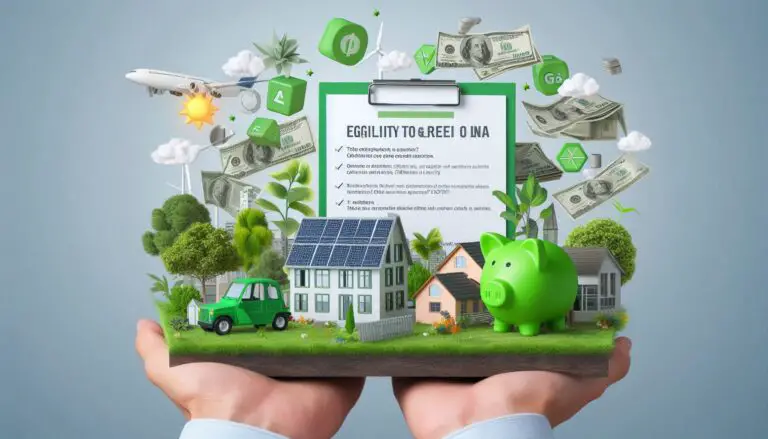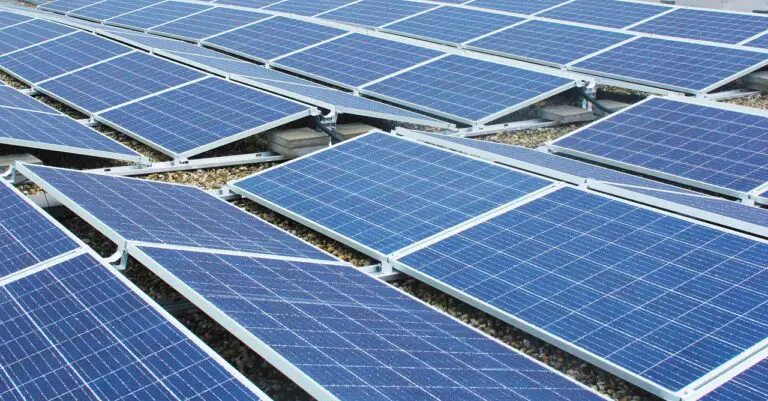Maximizing Tax Benefits for Solar Panels
Installing solar panels is a smart investment for both the environment and your wallet. One of the key advantages is the potential for significant tax benefits. Understanding how to maximize these benefits can help you save money and make your solar panel investment more affordable. This article will guide you through various strategies and opportunities for optimizing your tax benefits when installing solar panels.
Understanding Solar Panel Tax Credits
Tax credits are one of the most direct ways to reduce the cost of installing solar panels. The Investment Tax Credit (ITC) is a major incentive available in many regions, including the United States.
- What is the Investment Tax Credit (ITC)?
The ITC allows you to deduct a percentage of the cost of installing solar panels from your federal taxes. As of 2024, the ITC provides a 30% tax credit for solar panel systems. This means if your solar system costs $20,000, you could claim a $6,000 credit on your taxes. This credit is available for both residential and commercial installations. - Eligibility Requirements
To qualify for the ITC, you must own the solar panel system, and it must be installed on a property you own. The system should also be used for generating electricity for your home or business. Leasing or power purchase agreements (PPAs) typically do not qualify for the ITC. For more details on the ITC, visit Energy.gov.
Leveraging State and Local Tax Incentives
In addition to federal tax credits, many state and local governments offer tax incentives for solar panel installations. These incentives can further reduce your out-of-pocket expenses.
- State Tax Credits and Rebates
Some states provide additional tax credits or rebates on top of the federal ITC. For example, California offers a state tax credit of up to $1,000 for solar panel installations. Additionally, some states have rebate programs that offer cash back for solar installations, which can be applied directly to your installation costs. - Local Incentives
Local governments and utility companies may also offer incentives, such as property tax exemptions or utility bill credits. Check with your local government or utility provider to find out what incentives are available in your area. - Example Table of State Incentives
| State | Tax Credit / Rebate | Maximum Amount | |—————|———————-|—————-| | California | State Tax Credit | Up to $1,000 | | New York | State Rebate | Up to $5,000 | | Texas | Property Tax Exemption | Varies by locality |For a comprehensive list of state and local incentives, refer to DSIRE, which tracks incentives nationwide.
Utilizing Green Home Improvement Loans
Green home improvement loans can be a valuable tool to finance your solar panel installation. These loans often come with favorable terms and can help you leverage tax benefits effectively.
- Types of Green Home Improvement Loans
There are various types of green loans, including energy-efficient mortgages (EEMs) and other specialized loans designed to support eco-friendly home improvements. These loans may offer lower interest rates and extended repayment terms, making it easier to manage the cost of installing solar panels. - Benefits of Using Green Loans
By financing your solar panel installation with a green loan, you can preserve your savings while still taking advantage of tax credits and rebates. Additionally, some green loans have built-in energy efficiency assessments, which can help ensure you are making the most out of your solar panel system. - Applying for Green Loans
When applying for a green home improvement loan, make sure to compare different lenders and loan products. Look for terms that offer the best rates and conditions for your situation. You can find more information about green loans at Green Mortgage Provider.
Claiming Depreciation Benefits
For businesses installing solar panels, depreciation benefits can further enhance tax savings. The Modified Accelerated Cost Recovery System (MACRS) allows businesses to depreciate the cost of solar panels over a 5-year period.
- How MACRS Works
Under MACRS, businesses can depreciate the cost of solar panels on their taxes over five years. This means you can deduct a portion of the cost each year, which can lead to substantial tax savings. This is particularly beneficial for companies that have significant tax liabilities. - Section 179 Expensing
Additionally, businesses can take advantage of Section 179 expensing, which allows for an immediate deduction of up to $25,000 for qualifying equipment and improvements. This can further reduce the initial tax burden associated with installing solar panels. - Consulting with a Tax Professional
Given the complexity of tax regulations, it’s wise to consult with a tax professional to ensure you are maximizing all available benefits and complying with tax laws. For more detailed information on depreciation benefits, visit IRS.gov.
Combining Solar Panel Benefits with Other Tax Incentives
Solar panel tax benefits can be combined with other incentives to maximize your savings. This includes combining federal, state, and local incentives, as well as exploring other eco-friendly improvements.
- Combining Federal and State Credits
By combining the federal ITC with state tax credits or rebates, you can significantly reduce the cost of your solar panel installation. This approach ensures you are leveraging all available incentives to their fullest potential. - Bundling with Other Green Improvements
If you are making additional green improvements to your home, such as installing energy-efficient windows or insulation, you may be eligible for additional tax credits or rebates. This can further enhance your overall savings and improve the efficiency of your home. - Example of Combined Savings
If you install solar panels for $20,000 and receive a 30% ITC credit ($6,000), plus a $1,000 state rebate, your total savings could amount to $7,000. Adding in savings from other green improvements could further reduce your costs.
Conclusion
Maximizing tax benefits for solar panels involves understanding and leveraging various incentives and credits available at the federal, state, and local levels. By utilizing the Investment Tax Credit, exploring state and local incentives, taking advantage of green home improvement loans, and claiming depreciation benefits, you can significantly reduce the cost of your solar panel installation. Combining these strategies ensures you are making the most out of your investment in solar energy.







